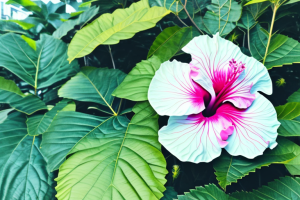A mandevilla plant in the shape of a topiary tree
July 27, 2024
You may have missed
August 20, 2023
August 20, 2023
August 20, 2023
August 20, 2023




